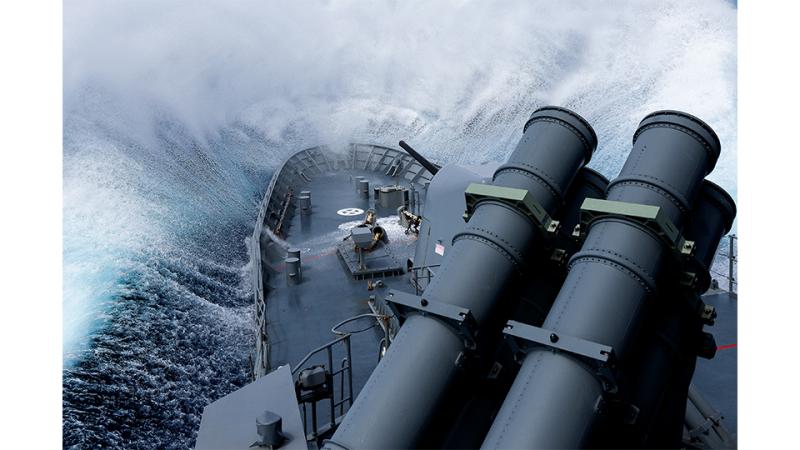31 October 2024
As Defence prepares for a ‘deluge’ of intelligence data over the coming decade, the Defence Intelligence Group has briefed and challenged industry to provide innovative solutions, marking the first such engagement since its establishment in 2020.
Military intelligence gathers and processes data, applying analytics and human judgement to transform it into meaningful insights, which can then inform decisions and support operations.
A core feature of any intelligence service is keeping secrets, which makes public engagement a tricky business.
Head of Intelligence Capability Major General Brett Mousley said a balance must be struck in disclosing the right amount of information and signalling to industry the capabilities required, their timing and purpose.
“We need industry’s support if we’re going to design, develop, deliver and sustain those capabilities,” he said.
One of the challenges is automating the intelligence process to operate at the speed, scale and increasing level of complexity required by the future operating environment.
While posted to Headquarters Joint Operations Command, Major General Mousley said his analysts spent 40 per cent of their time researching sources and gathering information, another 40 per cent formatting reports and only 20 per cent on conducting the actual analysis and assessment – the most critical part of their work.
'This will give Defence the timely ability to detect, identify and track targets more precisely and at longer ranges in highly contested operating environments.'
Industry solutions being sought would likely incorporate software-driven analytics, machine learning and automation to expedite the process.
“We need to get the most out of our workforce by getting them to focus on the things that only humans can do in the system, applying expert judgement and generating insights through assessment,” Major General Mousley said.
He said industry provided the expertise and capacity to deal with data at speed and scale.
“The challenge is how Defence and industry can collaborate and innovate in a trusted manner, with this industry briefing being just the first step in that process,” Major General Mousley said.
Another opportunity for industry collaboration lies in the development and expansion of the Defence Targeting Enterprise, an advanced network of sensors, communications and intelligence systems that was outlined in the Integrated Investment Program.
The task is to integrate all these capabilities in a joint approach across all domains, supported by a highly trained workforce.
“This will give Defence the timely ability to detect, identify and track targets more precisely and at longer ranges in highly contested operating environments,” Major General Mousley said.
Much of the Defence Intelligence Group’s direction is guided by the National Defence Strategy, which earmarks $12 billion to $15 billion in investment expected over the next decade for intelligence, surveillance and targeting capabilities.


